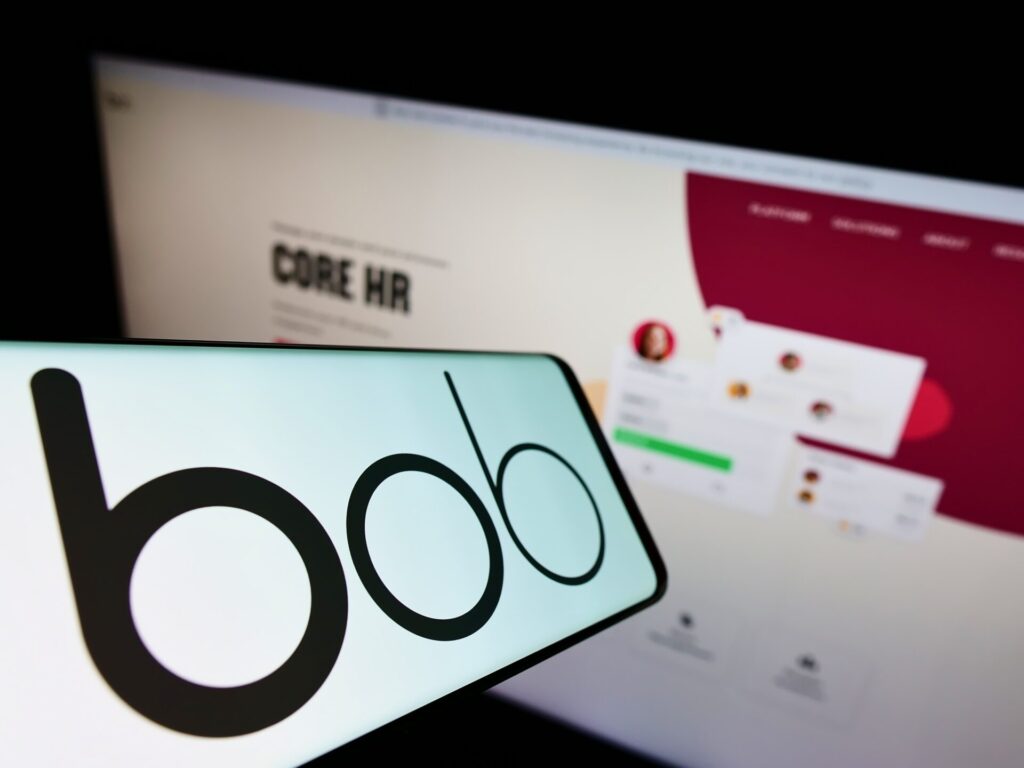Firmin Zocchetto, the CEO and founder of PayFit, shares his perspective on the future of payroll technology and the importance of transparency, automation, and artificial intelligence (AI) for small and medium-sized enterprises (SMEs).
What inspired you to found PayFit and challenge the traditional payroll software market back in 2015?
I come from a family of entrepreneurs, and I was inspired to serve people like them. When I was young, I noticed that processing payroll was a nightmare for most entrepreneurs. Particularly in France, which has one of the most complex payroll systems in the world, there was a clear need for simplification.
My co-founders and I had a dream to enable entrepreneurs to process payroll easily, even if they weren’t payroll experts. We wanted to create a platform that would allow entrepreneurs to communicate with employees online and simplify the entire payroll process.
How have you seen payroll technology evolve over the past decade, particularly for small businesses?
The technological landscape has transformed dramatically. 10 years ago, the level of automation we’ve achieved wouldn’t have been possible. The emergence of software-as-a-service (SaaS) platforms, seamless integrations with other tech ecosystems, and government digitisation have been game-changers.
We can now integrate with banks, healthcare insurance, and employee benefit solutions. Additionally, technological advances mean processes that once required paperwork can now be completed online through application programming interfaces (APIs).
The recent emergence of AI is another significant disruption, allowing us to build more intelligent, context-aware payroll systems.
In what ways does PayFit’s real-time automation reduce errors and free up HR teams, and how important is this for smaller organisations?
Real-time automation dramatically reduces errors and administrative burden. For example, before our platform, employees would need to request holidays via email or Excel sheets, which HR would then manually process.
Now, employees request holidays directly on our platform, managers validate electronically, and the system automatically updates payroll. Similarly, payment processing is automated and synced with bank accounts, eliminating manual transfer risks.
For small businesses, this means fewer errors, less administrative time, and more focus on core business activities.
How is AI currently being used within PayFit, and what role do you see AI playing in the future of payroll?
We’re using AI in multiple ways. We’ve developed PayFit Co-Pilot, which is essentially a ChatGPT for payroll and HR that uses company-specific context to help entrepreneurs find answers.
We also use AI internally to ensure compliance with payroll changes and to help our system stay updated. In the future, I see AI becoming an increasingly collaborative tool that helps HR professionals work more efficiently, though it won’t completely replace human oversight.
What are the biggest challenges HR teams face when adopting AI-powered payroll solutions, and how can they overcome them?
The biggest challenge is the initial learning curve and investment in understanding the technology. Many people are hesitant to adopt new technologies or don’t invest time in learning how AI can improve their work.
We focus on education and guidance, helping users understand that AI is a tool, not a magic solution. Users need to know what they want to achieve and how to effectively prompt AI systems.
Could you share some of the most common payroll mistakes you encounter, and what consequences these errors can have for businesses and their employees?
One of the most critical mistakes is failing to update minimum base salaries annually in line with legal or industry requirements.
This can lead to significant legal and financial consequences. Businesses might inadvertently pay employees less than legally mandated, which can result in financial penalties and, more importantly, a loss of employee trust. Such errors can damage the relationship between employers and employees and potentially lead to legal disputes.
Why is payroll transparency important, and how does PayFit help promote greater openness around pay and reporting?
Transparency is crucial for building trust between employers and employees. At PayFit, we believe that giving entrepreneurs and employees real-time access to HR and payroll data is fundamental.
Our platform allows instant access to payroll information, enabling employees to view their pay details, holidays, and other HR-related information directly. We’re also developing a pulse survey feature to be released by the end of the year, which will help managers better understand their team’s sentiments and create more open communication channels. The goal is to empower both employers and employees with clear, accessible information about compensation and workplace dynamics.
Looking ahead, what are the next big developments or ambitions for PayFit as you continue to expand across Europe?
Our ambition is to continue serving and automating payroll for thousands of small and medium businesses. We have several key focus areas for development. First, we want to improve our payroll coverage by implementing features like weekly payments and expanding our support for more industries such as construction and agriculture. We aim to serve a broader range of businesses more comprehensively.
Currently, we’re present in three countries, France, UK, and Spain, serving almost 20,000 businesses and processing payroll for a quarter of a million people monthly. Our immediate strategy is to deepen our presence in these markets rather than rapidly expanding to new countries.
We’ll continue developing HR and payroll features that give small businesses the technological capabilities typically reserved for large enterprises. We’re also investing in AI-driven tools like our Co-Pilot feature and planning to release the pulse survey tool to help managers better understand their workforce.
Our core philosophy remains consistent: we want to provide small and medium businesses with powerful, user-friendly technology that allows them to focus on their core business rather than getting bogged down in administrative tasks.
The overarching goal is to democratise access to advanced HR and payroll technologies, ensuring that even the smallest businesses can benefit from sophisticated, error-reducing, and time-saving solutions.
















